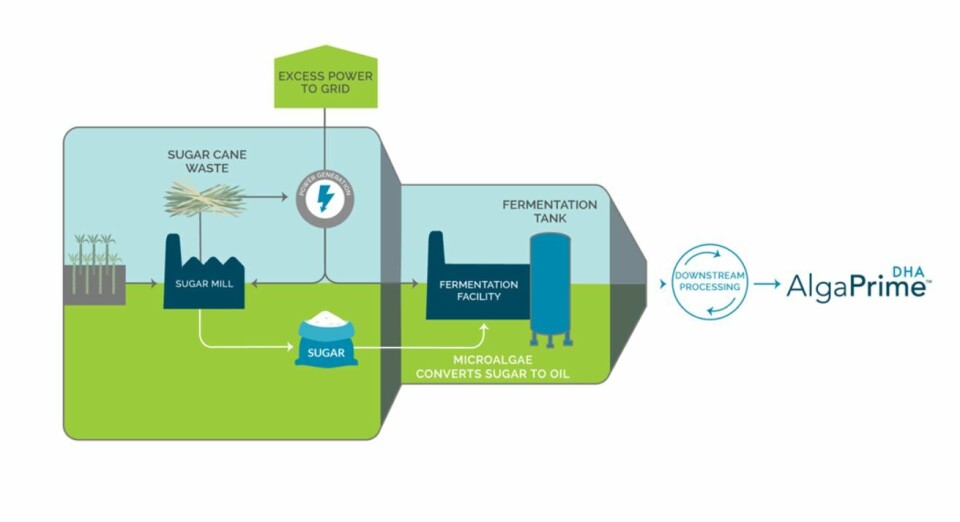
Appetite growing for fish oil alternative in feed
More than 350,000 tons of feed containing an algae-based alternative to fish oil have been sold by BioMar in Norway over the last two years, it has been revealed.
Corbion, which produces the algae-based ingredient AlgaPrime DHA, and BioMar announced the figure at the North Atlantic Seafood Forum in Bergen yesterday.
“Through our partnership with BioMar, we’ve seen strong adoption of AlgaPrime DHA and have shown our ability to make a significant impact on the aquaculture industry over a short period of time,” said Corbion executive Marc den Hartog in a press release.
More DHA
AlgaPrime DHA contains approximately three times the level of DHA of fish oil. It is produced at Corbion and Bunge’s SB Renewable Oils joint venture facility in Brazil through fermentation-based cultivation with non-GM cane sugar as a feedstock. It can be incorporated in feed at high levels without concerns of PCB and dioxin accumulation that can be an issue for some forage fish and fish oil.
Salmon brands that include AlgaPrime DHA are now available in US, UK and EU markets.
Increased global demand
“At BioMar, we’ve seen increased global demand for feed formulated with alternative ingredients, such as AlgaPrime DHA, due to their nutritional performance and sustainability excellence,” said Vidar Gundersen, global sustainability director at BioMar.
“Our aquaculture feeds with AlgaPrime DHA continue to be adopted and trusted by salmon farmers, as they look to improve the omega-3 content and sustainability profile of their salmon.”
Corbion points out that unlike other resources such as fish oil, which can fluctuate on supply and price, AlgaPrime DHA is a reliable and consistent source of omega-3s.
AlgaPrime DHA was awarded the 2017 Global Aquaculture Innovation Award by the Global Aquaculture Alliance, which recognises individuals and companies finding new solutions to the key challenges facing the aquaculture industry.























































